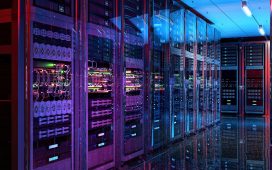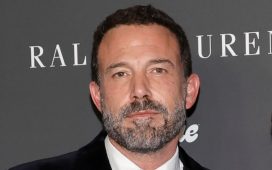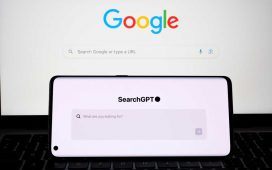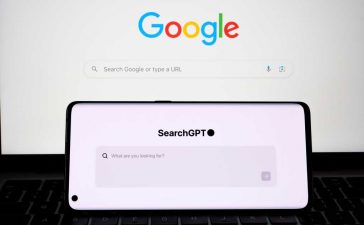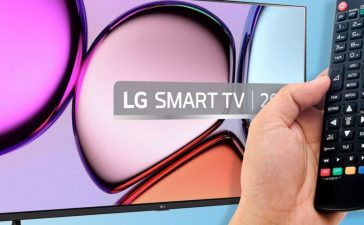Cruise pushed a software update to its fleet of 300 self-driving cars operating in San Francisco after one vehicle crashed into the back of a bendy bus.
On March 23, one of the upstart’s driverless vehicles hit a Municipal Transit Authority (Muni) bus when the car failed to detect the bus had decelerated and didn’t brake in time. Nobody was injured in the accident; the car, which didn’t have a human at the wheel and was under computer control, suffered minor damage to its front fender.
Cruise launched an investigation into the prang, and discovered its autonomous vehicle had struggled to correctly predict the Muni bus’s driving behavior due to its bendy shape. Articulated buses, like those in San Francisco, have a stretch-accordion-like structure in the middle that connects two carriages.
When the bus pulled in front of Cruise’s self-driving car and slowed down, the AI-powered vehicle incorrectly assumed the bus was still charging ahead, and wrongly predicted the motion of the rear carriage. The car continued to drive normally and failed to brake as required, causing it whack into the back of the bus.
“We quickly determined the bus’s behavior was reasonable and predictable,” Cruise founder and CEO Kyle Vogt said in a statement just before the weekend.
“It pulled out into a lane of traffic from a bus stop and then came to a stop. Although our car did brake in response, it applied the brakes too late and rear-ended the bus at about 10 mph. We identified the root cause, which was a unique error related to predicting the movement of articulated vehicles like the bus involved in this incident.”
“In this case, the [autonomous vehicle] (AV) view of the bus’s front section became fully blocked as the bus pulled out in front of the AV,” the boss continued.
“Since the AV had previously seen the front section and recognized that the bus could bend, it predicted that the bus would move as connected sections with the rear section following the predicted path of the front section. This caused an error where the AV reacted based on the predicted actions of the front end of the bus (which it could no longer see), rather than the actual actions of the rear section of the bus. That is why the AV was slow to brake.”
Cruise issued a software update to address the error two days after the crash, and filed a report [PDF] detailing “a voluntary recall” with America’s National Highway Traffic Safety Administration this month. The software patch was deployed to 300 vehicles.
Vogt said Cruise’s cars had never encountered this type of smash before and believes the specific combination of different factors, such as the bus’ position, the time of its deceleration, and the self-driving vehicle’s speed all led to the collision.
“Although we determined that the issue was rare, we felt the performance of this version of software in this situation was not good enough. We took the proactive step of notifying NHTSA that we would be filing a voluntary recall of previous versions of our software that were impacted by the issue,” he said. ®
Bootnote
You may recall Cruise and San Francisco were in our headlines in July last year, when the autonomous vehicles struggled to cope with traffic and clogged up the city’s streets for hours. This continues to be a problem in SF, seen as America’s epicenter of experimentation with self-driving rides, with dashcam footage obtained by WiReD from public buses and trains showing a Waymo robo-ride getting in the way of a bus and delaying it.
Muni staff have reportedly been encouraged to record instances of trouble with driverless cars. A dozen log entries were made against self-driving vehicles from September 2022 to March 2023, though it’s feared the true figure is much higher.

